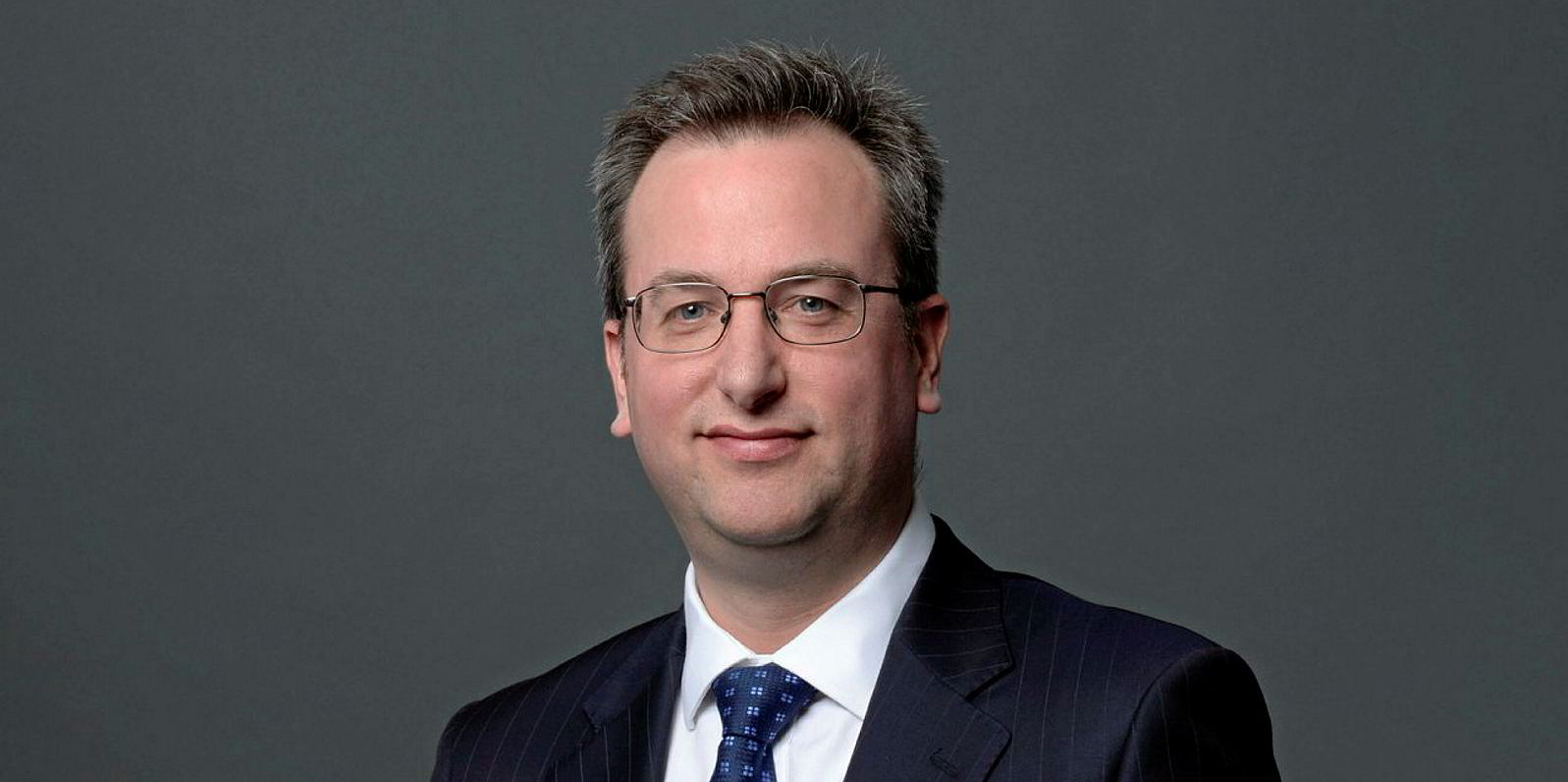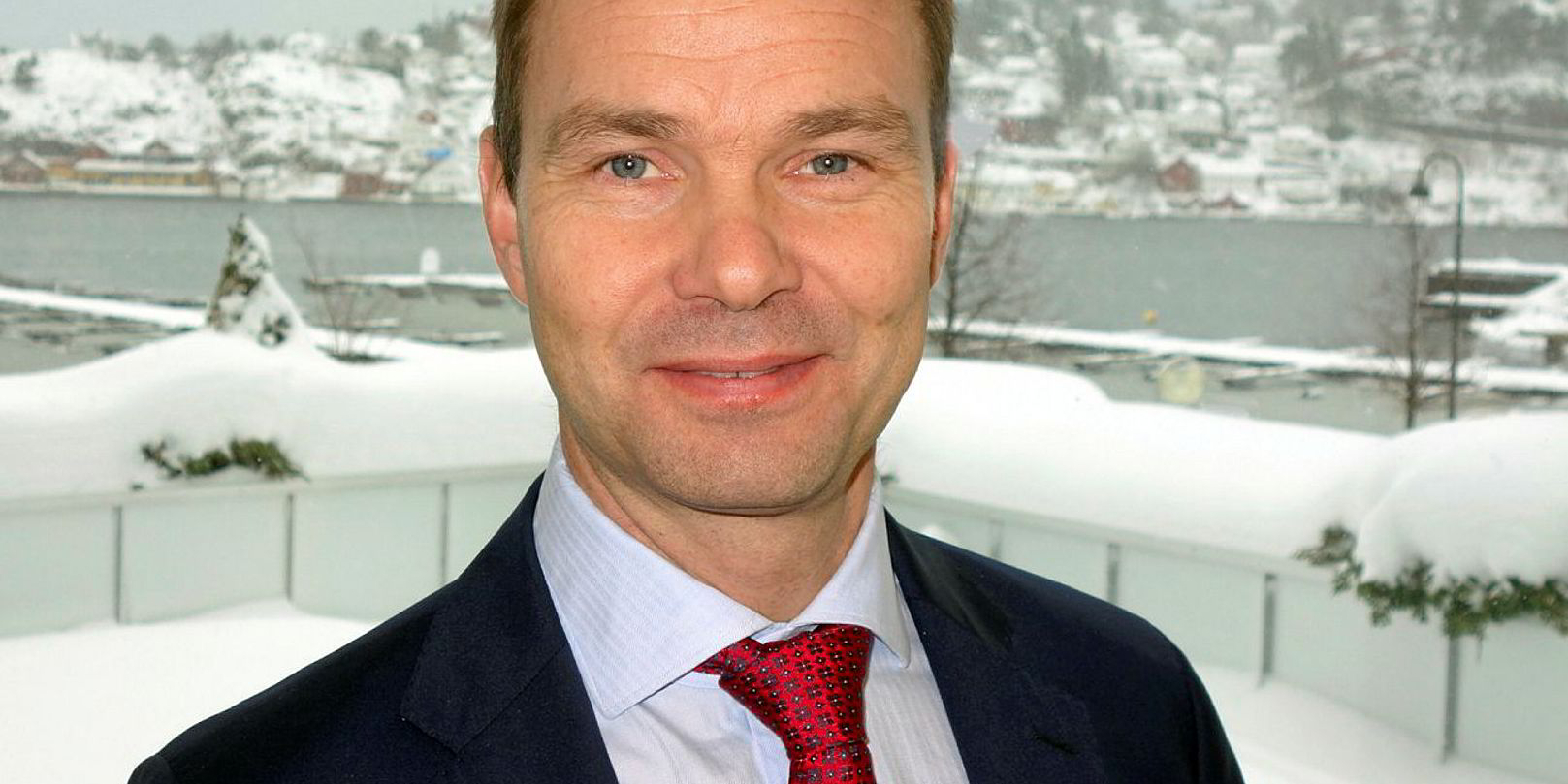Protection and indemnity mutuals have taken a massive hit to their all important financial reserves in the past 12 months, according to the latest round of annual reports.
To date, 10 of the 13 International Group of P&I Clubs to have published figures for 2018 have collectively registered a reversal in free reserves of more than $380m.
And broker Gallagher believes the final amount could be considerably higher.
“We had been suggesting that collective free reserves may fall by around $450m to $500m to somewhere between $5bn and $5.25bn.
Ringing true
"Given the results we have seen thus far, our predictions would seem to be ringing true,” Gallagher's latest market review said.
Of the UK clubs, only the London P&I Club, American Club and Japan P&I Club have yet to report.
Free reserves are taken as a key indicator of the financial health of P&I mutuals and are critical for capital adequacy ratings.
However, the losses reported so far, while significant, do not appear to have affected the generally robust financial condition of most of the leading P&I mutuals.
The $380m figure is less than 5% of the collective $5.5bn that the 13 mutuals held in free reserves at the start of the last policy year.
None of the groups that have reported a fall in free reserves have had their capital adequacy ratings cut as a result.
Two of the clubs, the Swedish Club and the Shipowners' Club, reported figures to the end of December 2018, rather than to the 20 February 2019, which is favoured by most P&I clubs as the end of the policy year.
We had been suggesting that collective free reserves may fall by around $450m to $500m to somewhere between $5bn and $5.25bn
Broker Gallagher
This meant their figures were reported as the market was at the bottom of the investment cycle. Investment income accounts for a large part of the performance of free reserves.
Clawing back
The Shipowners’ Club reported it had clawed back its 2018 investment losses just a few months into 2019, as the market rebounded.
“We have witnessed an upturn that has improved the value of the portfolio to the extent that we have substantially recovered the investment loss recorded in our 2018 financial statements,” the Shipowners’ Club said in its earnings report.
Brokers say the figure offered by clubs in earnings reports represents just a snapshot of the status of free reserves, which are in a constant state of change as they are linked to the ups and downs of the investment market.
The current volatility in the market has resulted in dramatic short-term troughs and spikes in earnings.
The upturn in the investment market at the start of the year was reflected by North P&I Club and Skuld, which showed a positive investment return and bucked the trend by increasing their free reserves.
One-off settlement
While the UK P&I Club showed the largest fall in free reserves, at $135m, its figures were distorted by a one-off $100m settlement of a hybrid capital facility last August.
Without that settlement, the club's free reserves fell by just $35m, from $540m at the end of the 2017 policy year, to $505m at the end of 2018.
The UK Club said it does not technically count the hybrid capital amount in its free reserves.
Gard also suffered a considerable free reserve setback. But as TradeWinds has reported, a large chunk of its deficit came from losses recorded on a failed IT project, rather than the ups and downs of the P&I markets. Britannia's fall also included $30m paid back to members.






